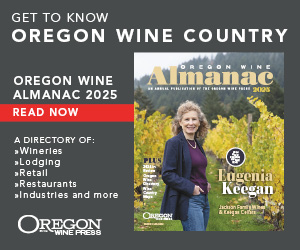A Weighty Subject
Wine and food pairings for cooler weather
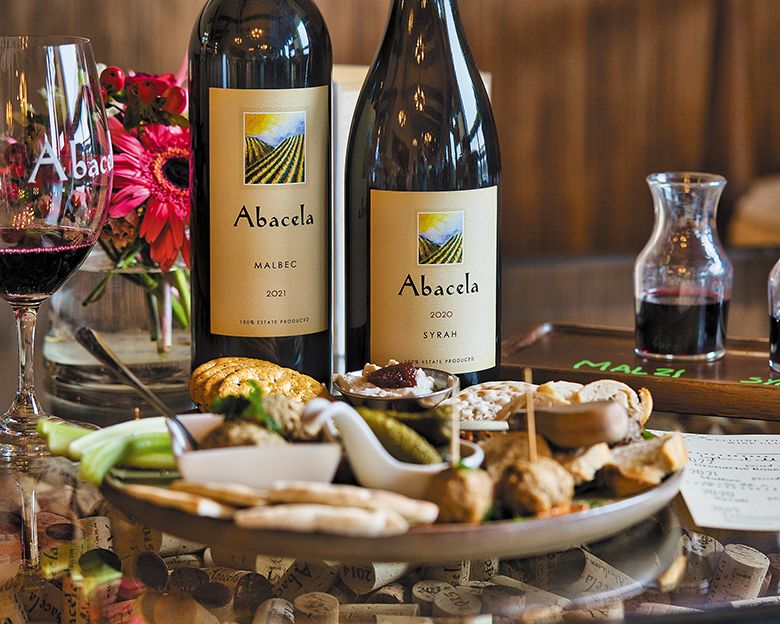
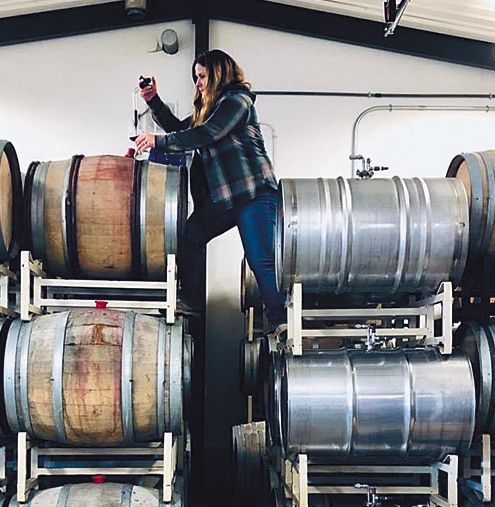
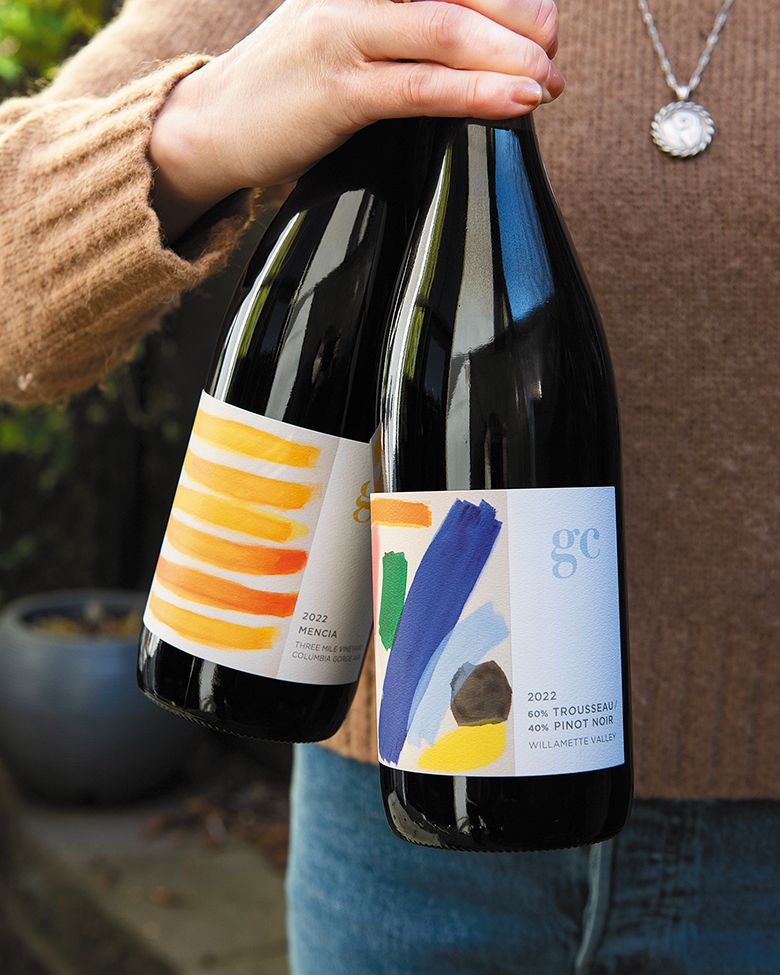
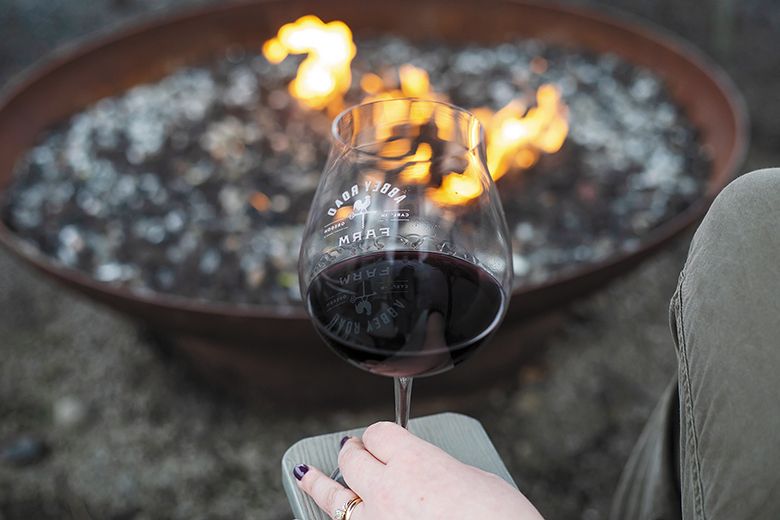
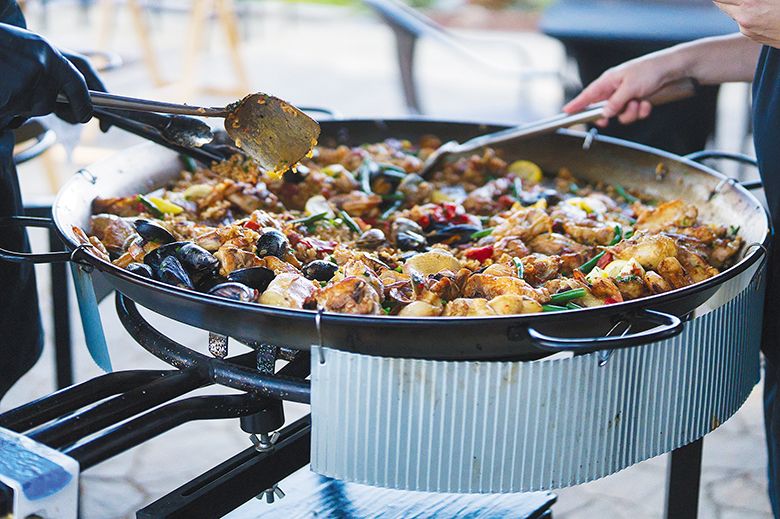
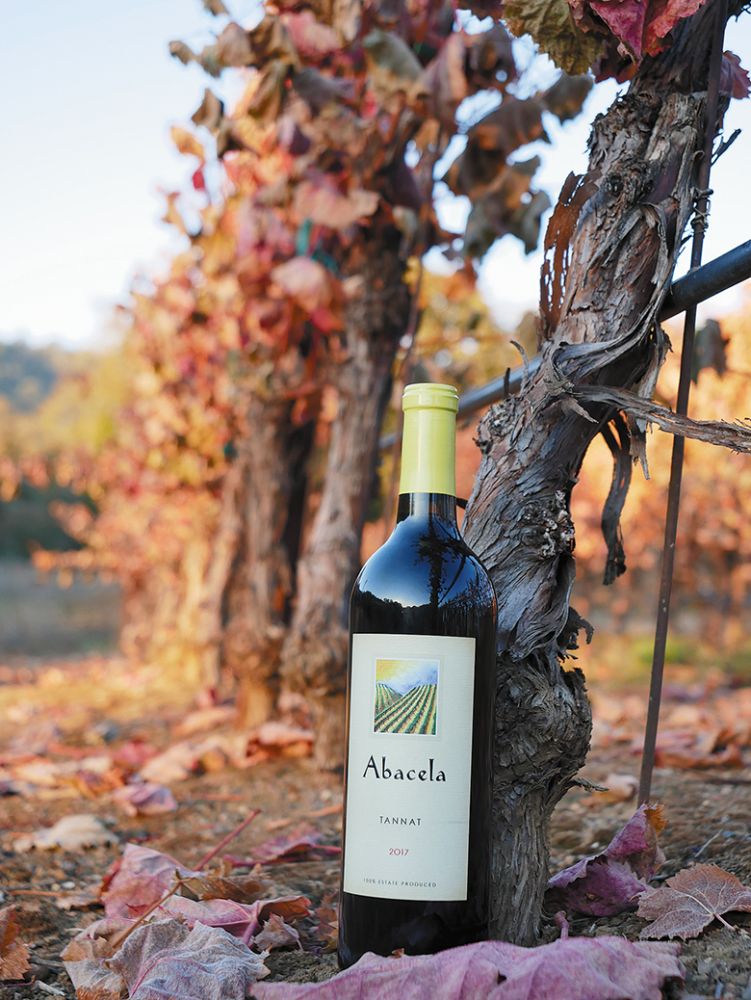
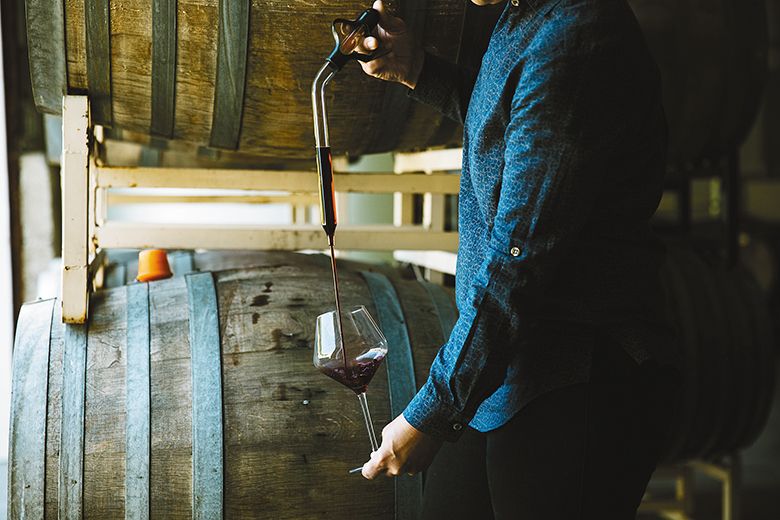
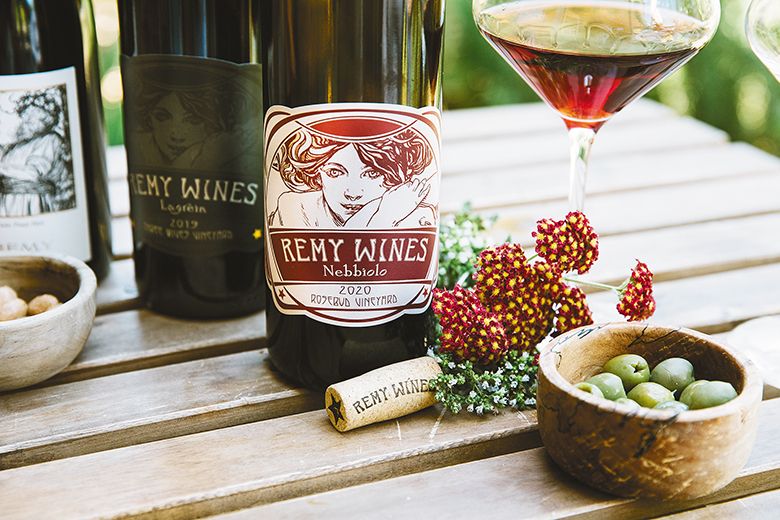
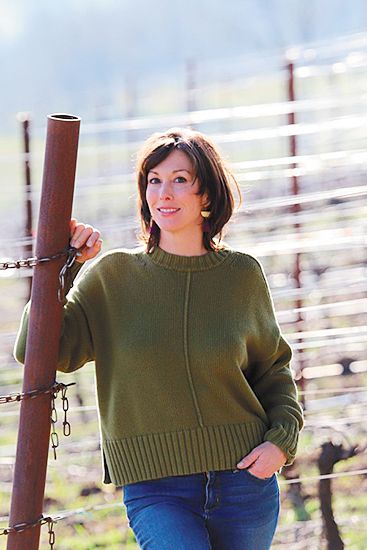
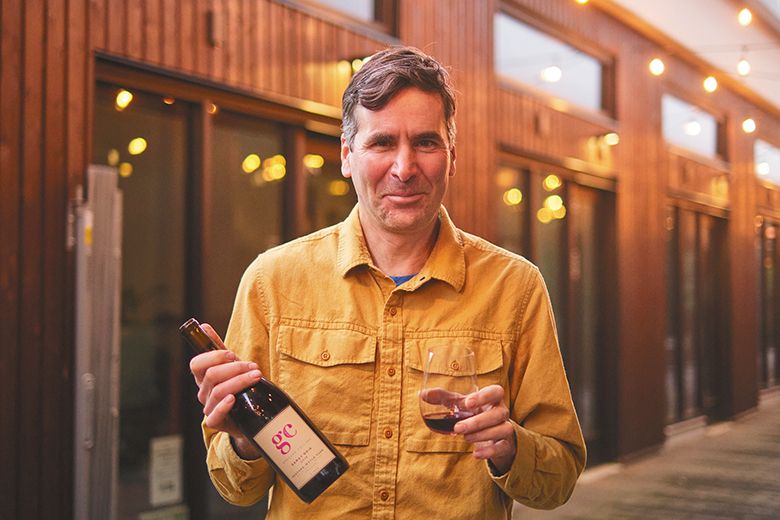
By Aakanksha Agarwal
As Oregon skies turn slate gray and fall rains begin, the season calls for wines with weight and staying power. Braises, roasts and stews return to the table, along with a shift in what fills the glass. While structured Pinot Noir continues to find its place, the variety increasingly shares space with heartier reds and richly textured whites– ideal for the cozy months.
As the state’s climate shifts and winemakers push boundaries, grape varieties once considered niche, including Tempranillo, Teroldego, Tannat and Syrah, are moving confidently into the season. These wines, perfect for nights with long meals, capture the essence of autumn’s comfort.
For Bree Stock, owner and head winemaker of Gaston’s Limited Addition Wines and the only female Master of Wine in the Pacific Northwest, the definition of a cold-weather wine is not about raw power but instead depth.
“For me, these wines have an abundance of texture and structure, not merely high alcohol and oak or extraction,” she says.
What entices Stock are the layers– evolving aromatics combined with flavors that deepen over time. She reveres wines that feel “alive” over the course of an evening. Oregon’s moderate season, she explains, allows grapes to ripen slowly through the cool, tail end of the growing cycle, letting flavors, tannins and acidity develop in tandem, yet alcohol stays in check.
A Shift Toward Diversity
While Pinot Noir remains Oregon’s calling card, strolling through today’s vineyards reveals rows of Cabernet Franc, Syrah and even Iberian varieties once considered risky experiments. Longer, drier autumns are reshaping what is possible in Oregon. Grapes that previously struggled to fully ripen now consistently cross the finish line, producing wines comparable to those from benchmark regions in Europe and California.
Stock witnessed the transformation firsthand. “The climate has definitely shifted, allowing us to grow dark-fruited, thicker-skinned varieties across the state,” she explains. Far from a passing trend, she believes these plantings are essential to the resilience and evolution of Oregon viticulture.
Her current passions include Cabernet Franc, Mencía, Syrah and Trousseau, grapes she feels “move beyond fruit expression.” Cabernet Franc, in particular, is an eye-opener in the Willamette Valley, with savory notes of black olive, sage, cedar and tobacco leaf. Meanwhile, Mencía and Syrah possess what Stock describes as meaty qualities, including beef tartare, mesquite and blood sausage, layered over purple fruit and green peppercorn aromatics.
Whether poured alongside paella, beef bulgogi or venison with chanterelles, they provide both comfort and intrigue, proof that Oregon’s vinous future extends well beyond Pinot Noir.
A Geography of Heft
The question then becomes: Where in Oregon do these grapes thrive? The answer, of course, is as complex as the wines themselves. The state’s topography is a study in contrasts: marine sediment and volcanic soils with high-elevation benches and river valleys. In each American Viticultural Area, or AVA, “hefty” has a distinctive interpretation.
Stock frames it this way: “All of Oregon can make robust wines; it’s essential to match the grape variety to the site. Less maritime-focused regions like Walla Walla and the Rogue Valley build weight with higher alcohols and jammier fruit expressions from heat and elevation. The Umpqua and Willamette valleys, as well as the Gorge, benefit from extended growing season hang times that contribute layered complexity.”
This diversity is attracting winemakers eager to determine how uncommon varieties perform across different corners of the state. In Portland, GC Wines’ owner and winemaker, John Grochau, has expanded his lineup to include a Trousseau/Pinot blend as well as a Mencía from the Oregon side of the Gorge. “After learning vineyards here were growing Trousseau and Mencía, I was intrigued. I adore the wines of Northern Spain and France’s Jura region and felt the Van Duzer Corridor might be a good fit for Trousseau and the Columbia River Gorge for Mencía,” Grochau recalls.
At Abbey Road Farm, located in the Yamhill-Carlton AVA, Blair Trathen is working with estate-grown Trousseau, Mencía and Syrah. Dayton’s Remy Wines remains a champion of Italian and Bordeaux-inspired bottlings through both its Black + Gold and original series.
With the spirit of experimentation in mind, each area offers a distinct expression of heft. In the Rogue Valley, for example, Bordeaux reds shine. Cabernet Sauvignon, Merlot and Malbec excel on the eastern side, where deep ancient marine sediment sandstones form the foundation. With vineyards climbing above 1,600 feet, the extended season allows grapes to ripen slowly, creating distinct wines with lifted aromatics and bright acidity.
Travel west into the Applegate Valley, where the emphasis shifts to Rhône grapes. On the gravelly benchlands, Syrah and Grenache display vivid red fruit profiles accented by wild lavender and garrigue-like herbal notes, reminiscent of Southern France.
The Umpqua Valley has developed a reputation for Tempranillo. Elevated sites and fractured sedimentary soils deliver cool evenings and well-drained conditions similar to Spain’s highland vineyards. Meanwhile, the Willamette Valley, long synonymous with Pinot Noir, holds its own surprise. Stock believes Cabernet Franc here is unlike anywhere else in the country, with exceptional flavor development and restrained alcohol levels. It lacks the pyrazine-driven greenness found in other regions. “It is truly incredibly special in this place,” she declares.
Up north, the Columbia Gorge adds its own stamp of intensity. Here, Mencía assumes extra weight, brimming with violet and spice. Meanwhile, in the Walla Walla Valley, particularly Oregon’s famed The Rocks District of Milton-Freewater, Syrah and Grenache soak up the character of basalt cobbles. Stock feels the region produces “incredibly distinctive and utterly unique expressions of Syrah in the U.S.”
From Niche to Season
Abacela, located in the Umpqua Valley, along with the Applegate Valley’s Plaisance Ranch and Troon Vineyard & Farm, advanced the popularity of Tempranillo, Tannat, Malbec and red blends. These wines are ideal for cold evenings.
Rogue Valley winemaker Rob Folin feels the move toward robust wines is a seasonal inevitability. As the days shorten and meals grow heavier, he notes, people naturally reach for wines with more weight. “All red varieties do well in the colder months. It’s similar to switching from a pale ale to dark beer. Chilly weather and comfort foods demand reds and oaked Chardonnay.”
Folin, who crafts wine for Ashland’s Belle Fiore Winery as well as his own label, Ryan Rose Wines, recalls when varieties beyond Pinot Noir were merely a curiosity. That perception, he observes, has changed. “Now, with AVAs like Walla Walla’s Rocks District receiving nationwide acclaim, and Southern Oregon attracting additional consumers, bigger wines are becoming more appealing.”
Look no further than the table for proof. Syrah finds its perfect partner in short ribs, the meat’s richness complemented by the grape’s smoky depth. Tempranillo, with its earthy character, is a natural choice with mushrooms, whether a simple risotto or wild chanterelles from the nearby forest. Bordeaux varieties, meanwhile, shine beside a flat iron steak or medium-rare filet mignon.
These pairings feel less like rules, but rather effortless matches between hearty food and equally substantial wine.
The Long Game of Tempranillo
If a sole grape symbolizes heft in Oregon, it might be Tempranillo. When Abacela planted the first vines in 1995, many wondered if the Iberian variety could thrive so far from Spain. Thirty years later, that experiment has paid dividends.
Gregory Jones, wine climatologist and Abacela’s CEO, describes the grape’s wide climatic range. “At the cooler end, it produces wines with lighter body, lower alcohol, higher acidity and brighter fruit characteristics. At the warmer end… fuller body, higher alcohol, softer acidity and darker fruit notes are more common.”
Oregon, with its mix of warm valleys and cooler hillsides, produces a broad spectrum of Tempranillo.
“Abacela crafts assorted Tempranillo styles, from fruit-forward to layered and refined, elegant and expressive, as well as rich and complex,” Jones notes. Food pairings are equally versatile, from classic Spanish ingredients and dishes such as paella, chorizo and roasted peppers, to more global inspirations. Two of Jones’ personal favorites: grilled ribeye with peppercorn sauce and skirt steak marinated in Korean gochujang.
In the Willamette Valley, the grape’s path has been more challenging. Rachel Rose, winemaker and vineyard manager at Bryn Mawr Vineyards, remembers how the vines refused to ripen fruit in 2010. Yet, she and owner Jon Lauer persisted. “The idea of crafting a bold wine that was wildly different from Pinot Noir intrigued me… we were determined not to give up on it.”
That resolve continues in the cellar, where the Tempranillo, made in the tradition of Spain’s Gran Reserva, spends more than three years in barrel before bottling. The result, Rose shares, is a wine with length, complexity and substantial structure, perfect with hearty fare. “A dark and reduced oxtail braise is one of my favorite decadent winter meals.”
Monsters and Gambles
If Tempranillo requires patience, Tannat demands stamina. In Milton-Freewater, Sean Boyd, owner and winemaker at Rôtie Cellars, does not mince words: “Tannat is a monster, sucking the moisture out of your mouth and eyes. However, we get more of the juicy, leathery, tannin-bomb style I love.” Even deer, he quips, once jumped fences to feast on the fruit.
In Roseburg, Patrick Spangler of Spangler Vineyards embraces bold wines, individually bottling all six red Bordeaux varieties (Cabernet Sauvignon, Merlot, Cabernet Franc, Petit Verdot, Malbec and Carménère) as well as together in a claret blend. He also experiments with Petite Sirah, Dolcetto, Mourvèdre and Teroldego, and, occasionally, Alicante Bouschet, Tinto Cão and Nero d’Avola.
Farther west in the Umpqua Valley, Girardet Vineyards’ Kristie Girardet recalls planting Teroldego as a gamble that proved worthwhile. “It’s become one of our most rewarding decisions. Year after year, it demonstrates how this grape and valley were meant for each other.” The results confirm it: inky, aromatic wines layered with black currant, plum and sweet tobacco, framed by grippy tannins and lingering spice.
Building Balance
For all the talk of heft, Oregon winemakers stress it is never about brute force.
Stock feels balance is built in the cellar through nuance rather than sheer power, using techniques such as whole clusters in fermentation, blending across vineyards and extending maceration on the skins to draw out fine, structured tannins. The goal is “tannin fineness and fullness,” not sweetness from new oak.
This philosophy shapes Oregon’s weightier wines. Powerful enough to match stews, braises and roasts, yet fresh and restrained. Even white wines, Stock adds, can rise to the season. Chenin Blanc, Viognier, Grenache Blanc, Godello and Sauvignon Blanc all possess a richness that pairs naturally with fall and winter meals, including chanterelles, roast birds, lamb and wild boar.
Aakanksha Agarwal is a wine, travel and lifestyle writer from India. Formerly a Bollywood stylist, she now resides in the U.S., embracing writing full-time while juggling family life and indulging in her passions for cuisine, literature and wanderlust.











